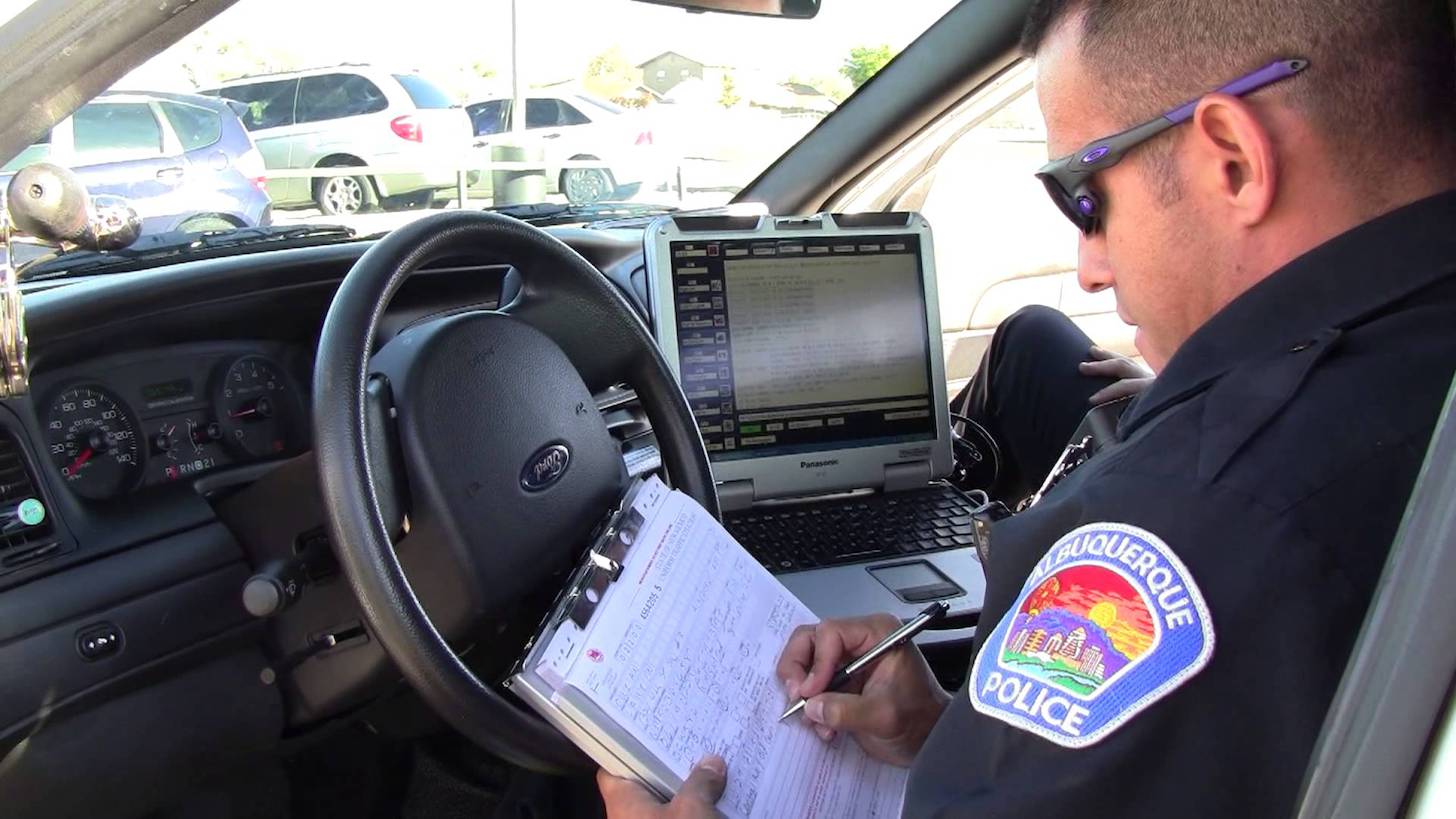Stubborn cops, less property crime, more homicides and a shout-out for citizen input to polish up the vision and mission of the city’s police department—these are just some of the local law enforcement happenings down at City Hall.Civilians Eye Use-of-ForceThe Civilian Police Oversight Agency has been busy. The board held a special meeting recently to address a possible change in the draft of the department’s use-of-force policy. Apparently, a prior draft of the use of force policy stated that officers would use the minimum amount of force in each situation. But a subsequent draft iterated officers will use the minimum amount of force and comply with the 1989 Supreme Court Case Graham v. Connor. This case established most basically that police use-of-force must be objectively reasonable considering the facts and circumstances confronting the officer.Several people, including faith-based and civil rights representatives, said the Graham language is different from instructing officers to use the minimum amount of force. They said it is a step back, leaves too much of a gray area and is not a progressive change for the department.Stephen Torres, whose son Christopher was killed in his own backyard by undercover APD officers serving a traffic warrant said is it very important to not leave any gray areas in the wording of the use-of-force policy. “Our son was a tragic victim of APD’s culture of aggression and excessive use-of-force,” Torres said. “Minimum use-of-force must be minimum, no wriggle room.”APD Commander Rob Middleton said the Graham case is the standard used for police policy best practices, because it is the law of the land. He assured the board that the department’s policy emphasizes that officers try to de-escalate confrontations and use a minimum amount of force.Civilian Oversight Director Edward Harness said he approved the policy with the Graham addition but emphasized that APD officers will be held to a higher standard that is outlined in the department’s proposed use-of-force matrix, suggesting that the Supreme Court lays out what is minimally adequate under the US Constitution, but that cities and states can require more.The Federal EyeFederal DOJ Monitor Dr. James Ginger is not too happy with the attitudes of some police department Lieutenants and Sergeants. Dr. Ginger oversees the Court Approved Settlement Agreement (CASA) with the Department of Justice that directs the changes the city must make after it was found in 2014 that the police department had a pattern of using excessive force. In a telephonic hearing with the boss, US District Judge Robert Brack, Dr. Ginger said that some high-level brass are dragging their badges and don’t seem to want to do the things required by the Federal Consent Decree.Ginger said they are causing what he calls a “Counter-CASA effect” within the department. The group of disgruntled officers are protected by the city’s police union so they can’t be moved along to bring in brass that is on board with the reforms.But Dr. Ginger wasn’t completely dissatisfied with the department in his 37-page status report filed Aug. 31, and said there has been improvement during this reporting period. That includes management changes made at the training academy and formation of a new compliance bureau within the department. The report says APD has completed 88 of the 91 tasks outlined in the CASA that must be completed under the consent decree. The remaining tasks are a bit more complicated and center around use-of force policies and procedures. To see all the DOJ reports, visit justice.gov/usao-nm/apd.StatisticsCrime statistics that compare 2017 with 2018 show some significant drops in auto burglary, auto theft and burglary. As far as traffic enforcement goes, APD has increased its traffic stops by 35 percent over last year. Major violent crime indicators such as rape, robbery and aggravated assault all went down, some in double digits. Non-fatal gun violence is slightly up, with 60 shootings during the first 6 months of 2017 and 63 for half of 2018. But by the end of 2017 there were 75 homicides in Albuquerque, the highest in 20 years. As of last week, there have been 52 killings in 2018, so it looks like we may top last year’s record. Thirty-eight of the murders are narcotics-related, with 18 percent connected to domestic violence and about 10 percent gang-related. Most homicides were committed with a gun, and stats show shooters are getting younger. APD brass addressed the homicide problem last week by letting the public know there are now more homicide detectives, and that about half of the murders have been solved so far this year.Tell Them What You ThinkPolice planners want to know what residents want to see in their city law enforcement. The department is encouraging people to take part in a vision and mission statement update process. Garnering a wide variety of unique, diverse perspectives is critical to the rewrite of the police department’s mission/vision statement so it reflects the city’s diverse cultural fabric.There are a couple of ways to participate—one can take a short online survey or one can attend one of a few upcoming external focus groups planned for Sept. 29, Oct. 3 and Oct. 6. For more details, the survey and meeting times and locations, check out cabq.gov/police/news/abq-police-updating-mission-vision-statements-2018.
The Civilian Police Oversight AgencyThe CPOA meets at 5pm on the second Thursday of the monthVincent E. Griego Chambers, City HallThe meetings are streamed on Channel 16 and on GOV-TV.More information: cabq.gov/cpoa





